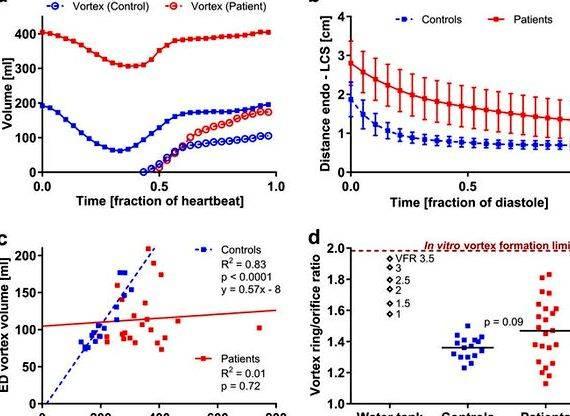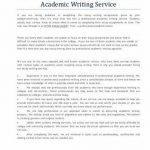Myocyte contraction is the primary factor determining myocardial oxygen consumption (MVO2 ) above basal levels. Therefore, factors that enhance tension development by the cardiac muscle cells, the rate of tension development, or the number of tension generating cycles per unit time will increase MVO2. For example, doubling heart rate approximately doubles MVO2 because ventricular myocytes are generating twice the number of tension cycles per minute. Increasing inotropy also increases MVO2 because the rate of tension development is increased as well as the magnitude of tension, both of which result in increased ATP hydrolysis and oxygen consumption. Increasing afterload. because it increases tension development, also increases MVO2. Increasing preload (e.g. ventricular end-diastolic volume) also increases MVO2 ; however, the increase is much less than what might be expected because of the LaPlace relationship.
The LaPlace relationship says that wall tension (T) is proportional to the product of intraventricular pressure (P) and ventricular radius (r).
Wall tension can be thought of as the tension generated by myocytes that results in a given intraventricular pressure at a particular ventricular radius. Therefore, when the ventricle needs to generate greater pressure, for example with increased afterload or inotropic stimulation, the wall tension is increased (i.e. increased myocyte tension development). This relationship also shows us that a dilated ventricle (as occurs in dilated cardiomyopathy) has to generate increased wall tension to produce the same intraventricular pressure.
We observe empirically that wall tension and MVO2 are closely related.
For this reason, changes in intraventricular pressure and ventricular radius affect MVO2. As stated above, changes in ventricular preload volume do not affect MVO2 to the same extent quantitatively as changes in afterload. This is because preload is usually expressed as the ventricular end-diastolic volume, not radius. If the ventricle is assumed to be a sphere, then the ventricular volume (V) is related to radius (r) by:
Substituting this relationship into the LaPlace relationship,
This relationship indicates that a 100% increase in ventricular volume (V) increases wall tension (T) by only 26%. In contrast, increasing intraventricular pressure (P) by 100% increases wall tension (T) by 100%. For this reason, wall tension, and therefore MVO2. is far less sensitive to changes in ventricular volume than pressure (see figure at right). In summary, increasing heart rate (HR), aortic pressure (AP), and inotropy (Ino) increase MVO2 about 4-times more than an equivalent percent change in stroke volume (SV).
These finding have implications for the treatment of patients with coronary artery disease (CAD). For example, drugs that decrease afterload, heart rate, and inotropy are particularly effective in reducing MVO2 and relieving anginal symptoms. CAD patients should avoid situations that lead to large increases in afterload such as lifting heavy weights, which causes large increases in arterial pressure. It is very important that hypertensive CAD patients are fully complying with their anti-hypertensive medications because hypertension dramatically increases MVO2 due to increased afterload.

CAD patients can also be encouraged to participate in exercise programs such as walking that utilize preload changes to augment cardiac output by the Frank-Starling mechanism. It is important to minimize adrenergic activation in CAD patients because sympathetic activation of the heart and vasculature increases heart rate, inotropy, and systemic vascular resistance, all of which lead to significant increases in oxygen demand by the heart.
DISCLAIMER: These materials are for educational purposes only, and are not a source of medical decision-making advice.





 Writing a letter about your self
Writing a letter about your self Writing academically and professionally yours londonderry
Writing academically and professionally yours londonderry About russian culture and family customs writing
About russian culture and family customs writing My writing lab access code pearson
My writing lab access code pearson My snowman melted writing activity for 1st
My snowman melted writing activity for 1st






